Budgie male or female: indistinguishable until at least one year old. After a year, they are distinguished by a cere (fleshy skin above the nostrils). The core of the female Budgie is usually white, light blue, or light beige. In the male, it is blue or purple/blue.
Determining the sex of a Budgie can be tricky when it comes down to just the color of the cereal. Some people have trouble telling the difference between colors, and it can be tricky! Lucky for you, there are other ways to tell the difference between a male parrot and a female parrot.
Difference between male and female Budgie
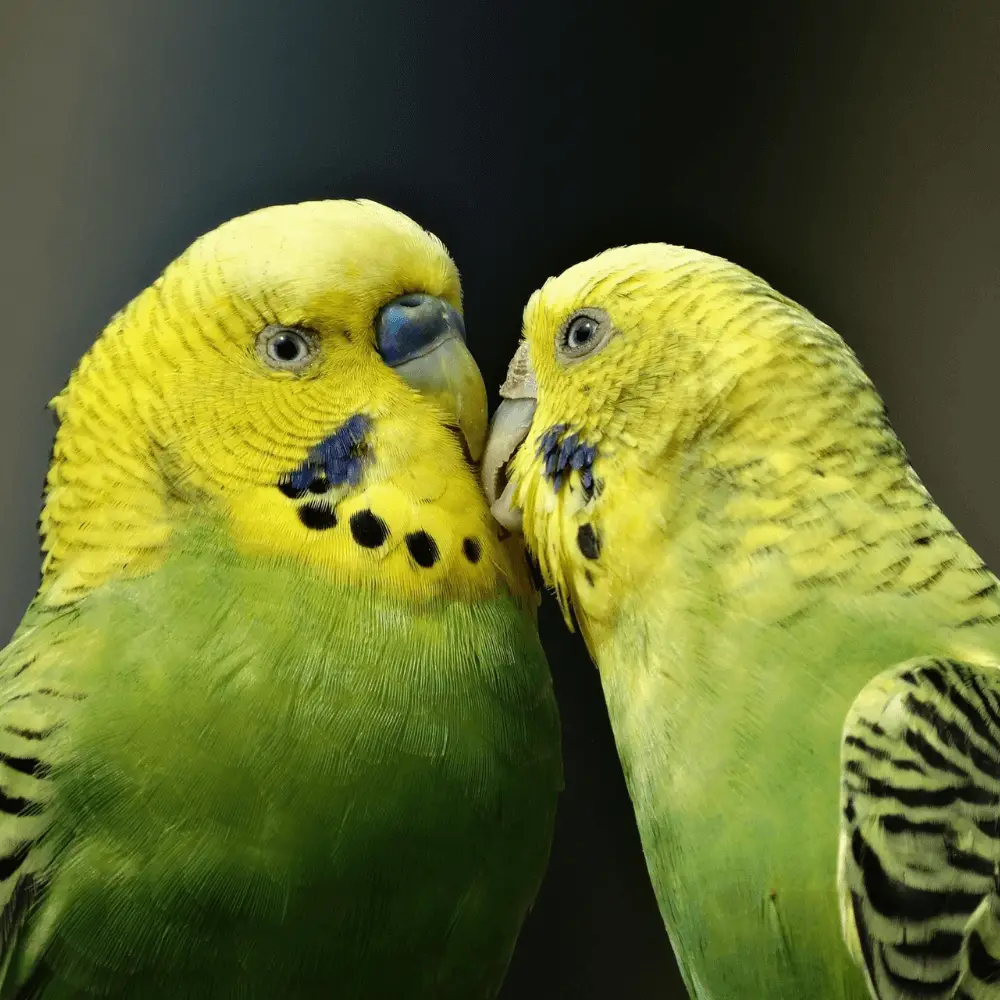
There are several ways to determine if you should name your new Budgie Sally or Joe. The first thing you need to know is your Budgie age.
Until a parakeet is a year old, the grain of males and females is the same color – a bright pink or light purple. After the age of one year, the grains of males and females begin to change color.
Budgie male
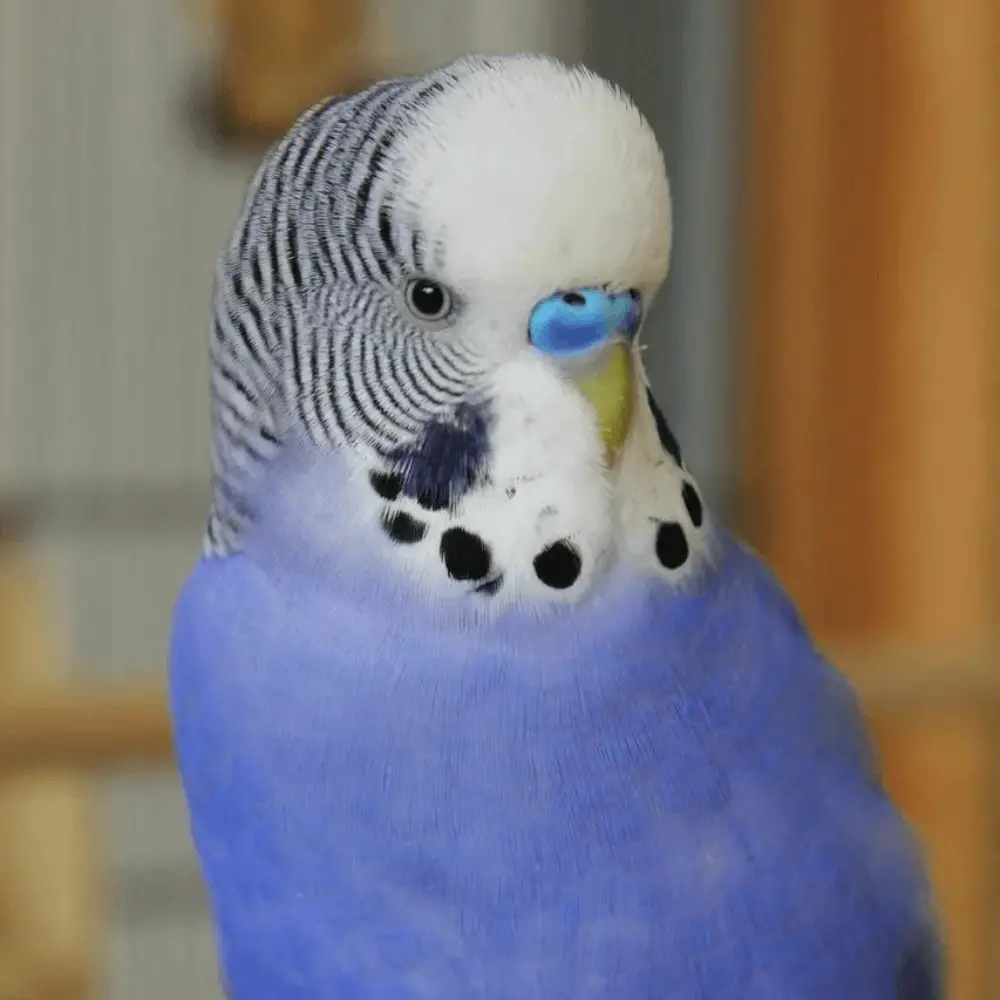
When a bird has a light purple/pink colored grain, it is a young male. When the male Budgie ages a little, his cereal becomes a brilliant blue and may even take on a deeper color.
When the bird reaches maturity, its grains then turn a different blue, with no visible white, and may even take on a more blue or purplish color.
Budgie female
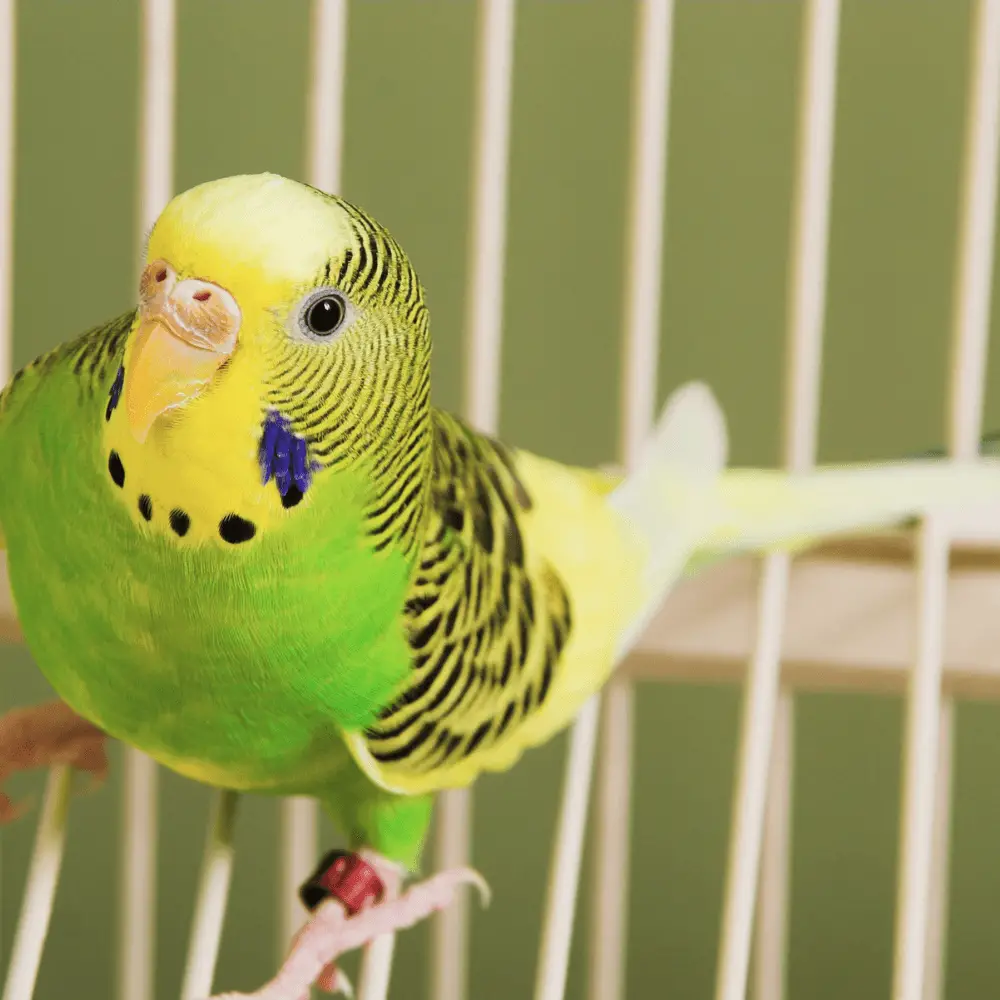
When it comes to females, cereal from a young female will look whitish-blue with visible white rings around the nostrils. When the female is ready to breed, her cerebrum turns dark brown and begins to flake off.
When it reaches maturity, its grains take on a lighter color, usually white or tan or light blue with white.
Cere color Budgie
Colors are the most basic way to tell the difference between genders, but if colors are hard for you to identify, or you want more ways to prove gender, there are a few other methods you can use.
One of the first ways is to look for white-colored rings on a Budgie nostril. If you notice these rings, you are in the presence of a female bird. Male Budgies do not have white rings.
Another way to tell the difference between a male Budgie and a female Budgie is to look at the shape of their grains. A male has a rounder, circular, and almost domed brain, which is not the case with females.
The next way to determine your bird’s sex is to check its bite. This method can be painful, so we suggest using food or a toy they can gnaw on. Females are known to bite much harder than males. This is not always the case, but it is more often than not true.
Finally, look at the shape of the bird’s head. In general, male budgies have rounder heads and female budgies have flatter heads.
Budgie lifespan
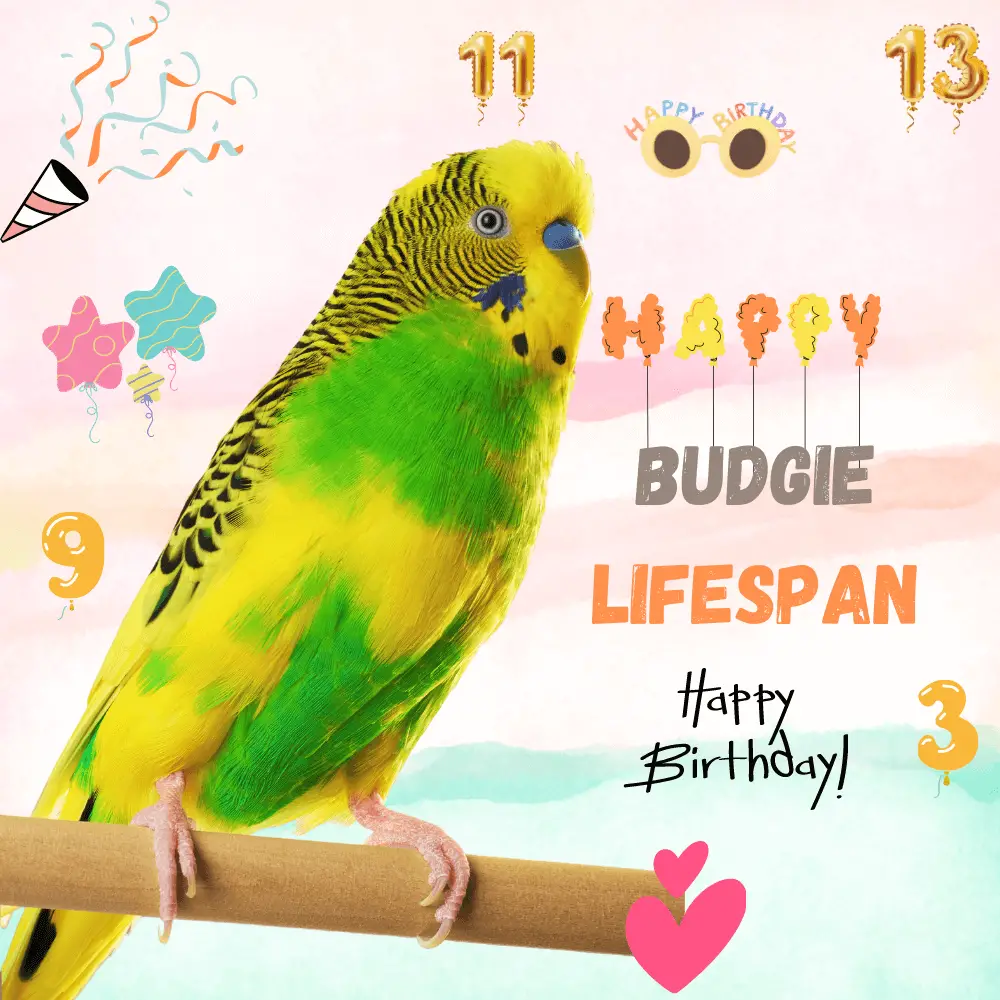
They acquire more distinct characteristics as they age. So how do you know how old your new bird is?
There are several ways to determine the age of your Budgie.
The first is the eyes. A baby Budgie’s eyes will be the deepest black color and will usually remain that color until around 4 months of age.
It is at this stage that you can tell if they are between 4 and 8 months old. Light gray eyes indicate a fully mature bird! And like that, you know how old your bird is thanks to the color of its eyes!
Another way to determine the age of your Budgie is to observe the color of its grains, as we mentioned earlier. The cereals of the male begin to darken from one year, while those of the female are lighter in color, such as white or tan.
Finally, an easy way to tell how old your Budgie is is to look at the bird’s leg ring. Most parakeets are registered with the American Budgerigar Society and have leg markings to prove it.
Some birds don’t have one, but if yours does, look at the letters and numbers. This will help you determine their date of birth.
By contacting them, you can easily determine your bird’s date of birth from the numbers and letters on the leg ring.
How to Raise a Budgie

If you love your budgie so much that you want more, you may consider breeding budgies. If so, there are some essential key steps you need to know! The process can be long, but knowing the basics is a great way to start.
Budgies are usually ready to breed after they are one year old. When the female turns brown and scaly, she is ready to breed. This is the best time to place the birds together.
First, make sure that the two birds you choose to mate with are healthy and happy birds. Find two birds that are unrelated to avoid any birth defects.
Once you have your birds, take them to a vet or breeder to make sure they are as healthy as possible.
Second, Budgies need to bond to reproduce. Placing birds of similar colors and patterns together will make this process easier. Put them in a big cage so they get used to living together.
If the birds start fighting, remove one of them from the cage and reintroduce them after they have spent a few days apart. If they are still fighting, try introducing another bird, preferably one that is well-socialized and also healthy for breeding.
You can then place a wooden birdhouse in the cage. The birdhouse mimics the way parrots prepare to mate in the wild.
Next, place a concave dish inside the birdhouse. The female will find a place to lay her eggs there and the baby birds can safely stand there once hatched.
How to train a Budgie
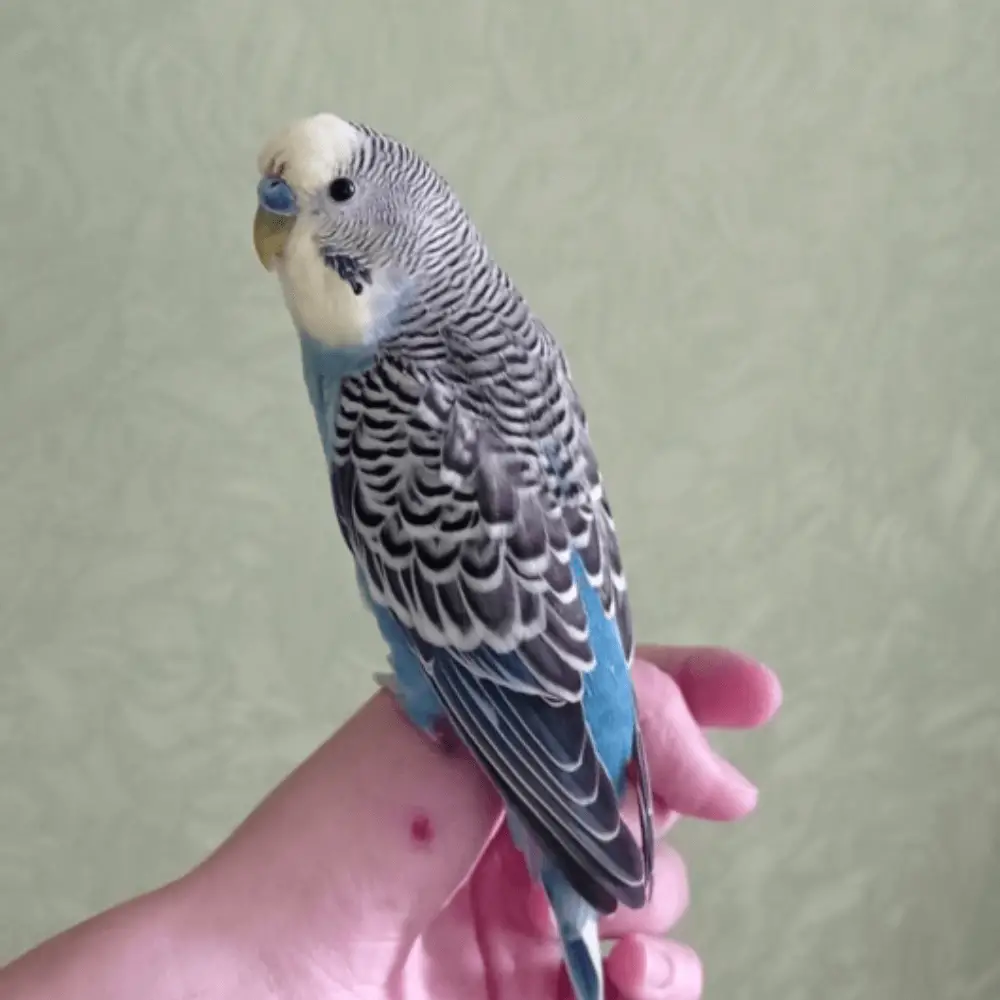
To properly care for a Budgie, you need to take the time to train it and bond with it. This will make it much easier for you to raise them in the future and identify any changes in their behavior. Budgies can be trained to perform simple tasks such as:
- Speak and imitate human speech
- Stop bad behavior such as biting
- Become a craftsman
- Sit on your finger
- Perform a few simple tricks
The most important things you will need to train your Budgie are time, patience, and practice. To teach your Budgie to sit on your finger and be hand-tamed, you need to spend time alone with your bird to build trust.
Spending time with your budgie, praising it, and rewarding it will help build that trust. The rest will come naturally when your pet gets to know you and feels comfortable.
To help your parrot imitate human language, repeat phrases. Try using the same tone of voice until he becomes familiar and starts saying the phrases himself. Rewards and encouragement are also useful!
Related article:

